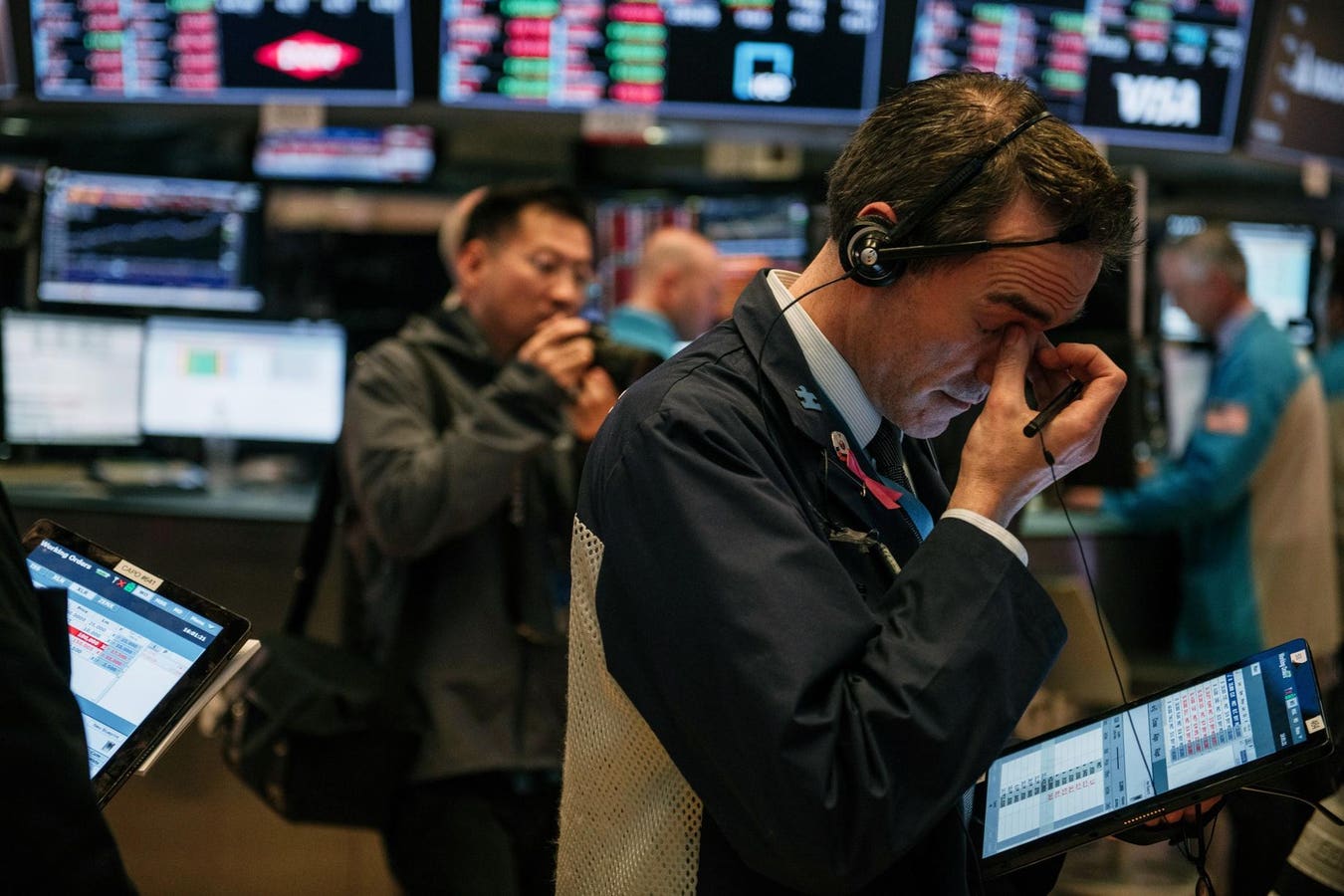The slope of the U.S. yield curve has been among the best recession predictors historically, but after inverting in 2022, the U.S. has not seen a recession yet. Now, the signal is testing the lows of 2023, suggesting an even greater chance of recession over the coming 12 months. Is the signal simply wrong, or could a recession be on the way?
The Term Spread
The U.S. Treasury market is taken seriously by investors for its size and liquidity. Typically the yield curve slopes upward as longer-dated bond maturities earn higher yields.
Sometimes that relationship changes. That’s what we’re seeing now. The Federal Reserve have pushed up short-term rates to over 5% to fight inflation, but the the yield on the 10 year bond is under 4%. That means that the 10 year yield is 1.7%, lower than the 3-month yield, and 1% lower than the 2-year yield. This degree of inversion is unusual. It’s something not seen since the 1980s, which was another period of relatively high inflation. In recent history, even lower levels of inversion have come ahead of recessions.
A Recession Predictor
Historically, an inverted yield curve has meant a recession is coming. Research from the New York Federal Reserve suggests that there’s currently a 70% chance of a recession by May 2024, based on what the yield curve is implying.
Historically, this indicator has seen recessions occur with much lower estimated probabilities, so the high chance of a near-term recession may be cause for a alarm. However, so far the U.S. economy has defied expectations, jobs growth has remained robust, and predictions of recessions have proved false to this point.
Why It May Work
Aside from historical correlations, there are a number of reasons why an inverted yield curve may forecast recessions. An inverted yield curve can suggest that the Federal Reserve is raising rates above normal levels, just as they appear to be now, and that can often cause a recession. Also, an inverted yield curve can create a more challenging environment for banks and other financial intermediaries, that can also be recessionary.
However, the economic recovery since the pandemic has been abnormal in many ways and defied the predictions of many economists. In the same way, maybe the yield curve indicator is set to get it wrong too.
Still, the track record of this the yield curve in calling recessions is strong, especially when compared to other macroeconomic forecasts, and so it may be too early to ignore the predictor, even though we haven’t seen a recession yet. For now, many parts of the U.S. economy appear strong, but maybe that will change by 2024 if the yield curve indicator is any guide. Though even if the current model is to be believed, there’s still a 30% chance that the U.S. economy avoids recession.
Read the full article here


